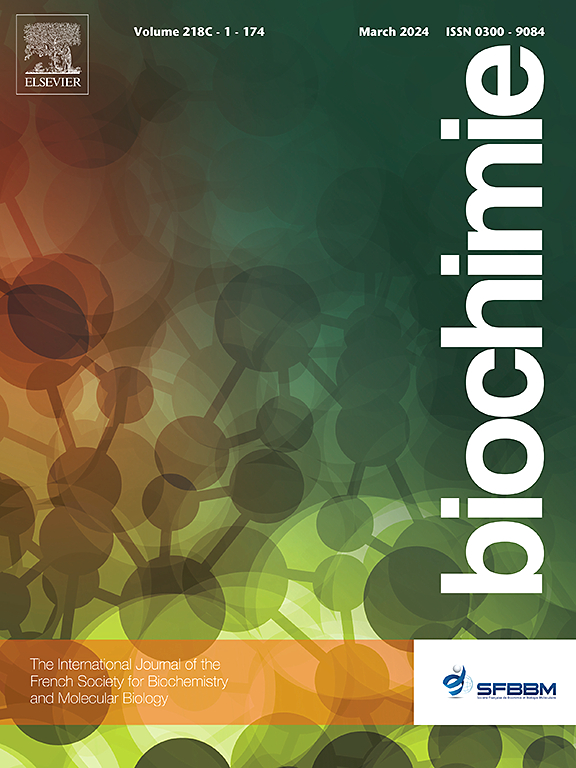Metabolomic characterization of a new strain of microalgae by GC-MS method with the introduction of a deuterium label
IF 3.3
3区 生物学
Q2 BIOCHEMISTRY & MOLECULAR BIOLOGY
引用次数: 0
Abstract
Microalgae are active producers of various compounds, including toxic substances. However, their metabolism is very diverse and insufficiently known. We demonstrate an approach that includes growing a new strain of cyanobacterium Leptolyngbya sp. (IPPAS B-1204) on an isotopically labeled medium (D2O) and evaluating the metabolomic composition of these microorganisms after deuterium uptake. Despite the low resolution of the GC-MS method, the interpretation of the obtained spectra allowed us to find out not only the amount of the embedded isotope label but also to assume the position in the structure where the label is embedded. We present the results of reliably detecting more than 30 compounds with isotope labels belonging to various classes of biological compounds produced by this cyanobacterium, revealing the metabolic pathways of entry of this label. We also demonstrate that the synthesis of unsaturated fatty acids is suppressed under the growth on D2O medium. In addition, we found an isotopic effect in the chromatographic separation of isotopically labeled compounds in gas chromatography. These data can be used in the future both for the identification of compounds and the analysis of the biosynthesis pathways of secondary biologically active compounds and in the analysis of the production of isotopically labeled standards of compounds.
引入氘标记的一种新型微藻的气相色谱-质谱法代谢组学表征。
微藻是各种化合物的活跃生产者,包括有毒物质。然而,它们的新陈代谢是非常多样化的,而且我们对它们的了解还不够充分。我们展示了一种方法,包括在同位素标记的培养基(D2O)上培养一种新的蓝细菌(IPPAS B-1204),并评估这些微生物在氘摄取后的代谢组学组成。尽管GC-MS方法的分辨率较低,但对获得的光谱的解释使我们不仅可以找出嵌入的同位素标签的数量,而且可以假设标签在结构中的嵌入位置。我们提出了可靠地检测超过30种化合物的同位素标签,属于该蓝藻产生的各种生物化合物的结果,揭示了该标签的代谢途径。我们还证明了在D2O培养基上生长抑制了不饱和脂肪酸的合成。此外,我们发现在气相色谱中同位素标记化合物的色谱分离中存在同位素效应。这些数据可用于将来化合物的鉴定和二级生物活性化合物的生物合成途径的分析,以及化合物同位素标记标准品的生产分析。
本文章由计算机程序翻译,如有差异,请以英文原文为准。
求助全文
约1分钟内获得全文
求助全文
来源期刊

Biochimie
生物-生化与分子生物学
CiteScore
7.20
自引率
2.60%
发文量
219
审稿时长
40 days
期刊介绍:
Biochimie publishes original research articles, short communications, review articles, graphical reviews, mini-reviews, and hypotheses in the broad areas of biology, including biochemistry, enzymology, molecular and cell biology, metabolic regulation, genetics, immunology, microbiology, structural biology, genomics, proteomics, and molecular mechanisms of disease. Biochimie publishes exclusively in English.
Articles are subject to peer review, and must satisfy the requirements of originality, high scientific integrity and general interest to a broad range of readers. Submissions that are judged to be of sound scientific and technical quality but do not fully satisfy the requirements for publication in Biochimie may benefit from a transfer service to a more suitable journal within the same subject area.
 求助内容:
求助内容: 应助结果提醒方式:
应助结果提醒方式:


